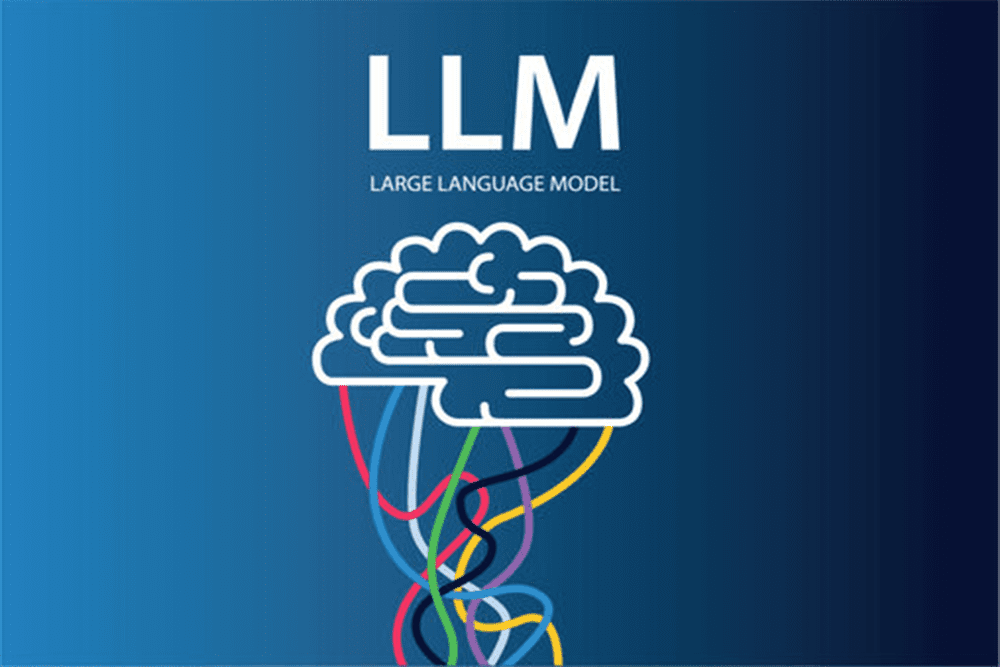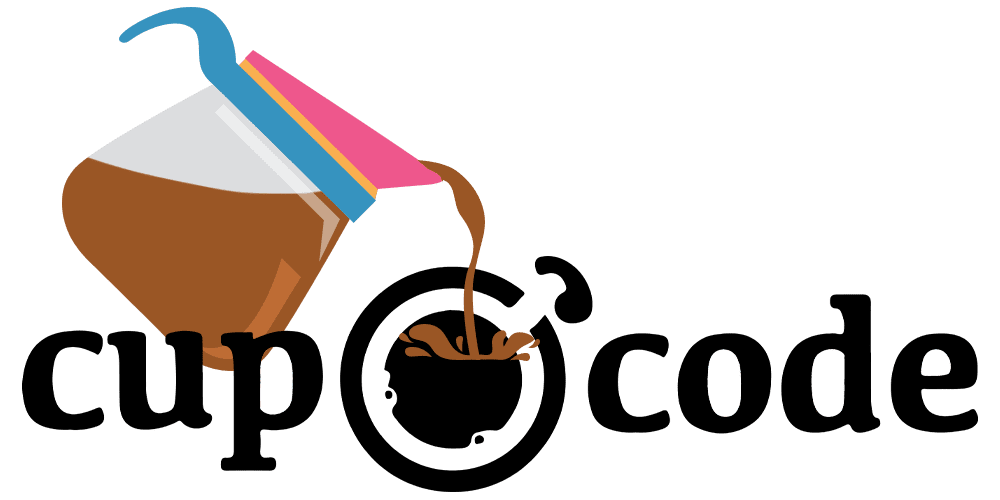Summary
Discover the transformative potential of Large Language Models (LLMs) in conversational AI. Explore how LLMs comprehend and generate human language, their versatility in various applications, and the power of prompt design. Unleash the capabilities of LLMs to build innovative language applications with rapid prototyping and autocomplete-like functionality.
In recent times, artificial intelligence has made significant strides in conversational abilities. Large Language Models (LLMs) have emerged as a key driver of this progress, enabling computers to understand and generate human language with exceptional accuracy. In this blog post, we will explore the concept of LLMs, how they work, and how anyone can leverage their capabilities to build innovative language applications.
Understanding Large Language Models:
LLMs are advanced machine learning models designed to comprehend and generate human language effectively. They owe their power to a revolutionary neural network architecture called transformers, originally developed by Google (Introduced by the Google Brain team in 2017). These transformers have the unique ability to scale efficiently, allowing LLMs to be trained on vast amounts of text data. The term “large” in large language models refers to the size and complexity of the neural network itself, as well as the extensive datasets used to train them. These models process trillions of pieces of information from publicly available sources, resulting in impressive language comprehension and generation capabilities.
The Versatility of LLMs:
LLMs stand out for their versatility. Unlike traditional machine learning models built for specific tasks, LLMs can be employed for a wide range of applications, including chatbots, copywriting, translation, summarization, code generation, and more. What makes LLMs particularly remarkable is that they enable rapid prototyping of language applications, significantly reducing development time from months to minutes. Importantly, one does not need to be a machine learning expert to make effective use of LLMs—proficiency in writing is sufficient.
Harnessing the Power:
LLMs acquire language patterns through extensive training on diverse text data. When provided with an input text, LLMs generate output text that is likely to follow. An analogy for LLMs is an advanced autocomplete tool. By carefully crafting the input prompt, users can leverage the autocomplete-like functionality to solve various tasks. For example, LLMs can perform simple mathematical calculations, complete analogies, and demonstrate acquired world knowledge. However, it’s important to note that not all information produced by LLMs is necessarily accurate.
Mastering Prompt Design:
Prompt design plays a crucial role in harnessing the potential of LLMs. A prompt refers to all the text provided to an LLM as input. Structuring prompts as instructions, accompanied by examples, enhances the model’s understanding and desired output. This approach is known as few-shot learning when examples are included, and zero-shot learning when only instructions are given. By incorporating patterns and context into prompts, users can achieve impressive results. However, there is no one-size-fits-all formula for writing the perfect prompt, as output quality depends on various factors, including the underlying model. Experimentation with different prompt structures, examples, and formats is essential to achieve optimal results for specific use cases.
Conclusion:
Large Language Models have ushered in a new era of conversational AI, empowering computers to understand and generate human language more effectively than ever before. These models, built on the powerful transformer architecture, offer versatility and rapid prototyping capabilities for a wide range of language applications. By mastering prompt design and harnessing the inherent autocomplete-like functionality, users can unlock the full potential of LLMs. While there is no definitive approach to prompt design, experimentation and adaptation will help users tailor LLMs to their specific needs. The future of conversational AI looks promising, with LLMs leading the way.
To explore the power of Large Language Models, check out popular options such as OpenAI, Google AI, Deepmind, Anthropic, Huawei, Meta AI, or NVIDIA (just to name a few). Share your experiences and applications with us; we would love to hear about what you are building with LLMs.












